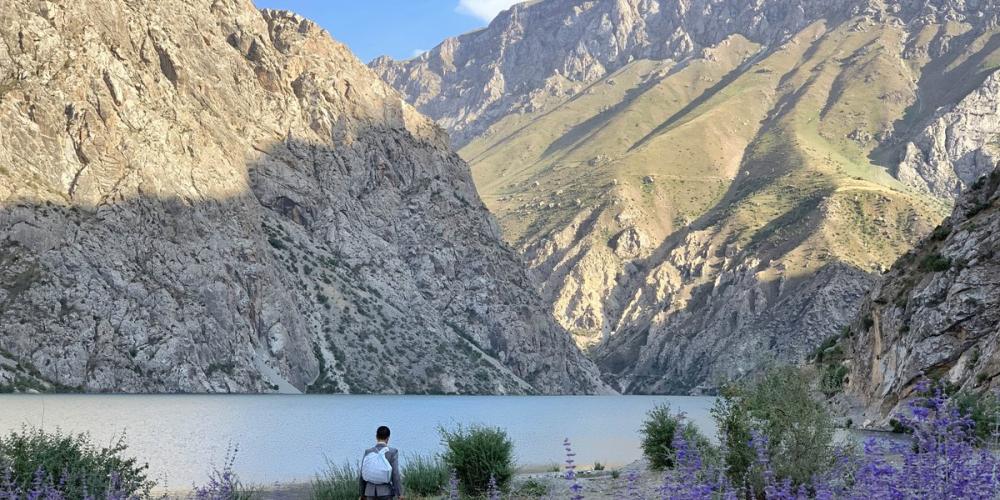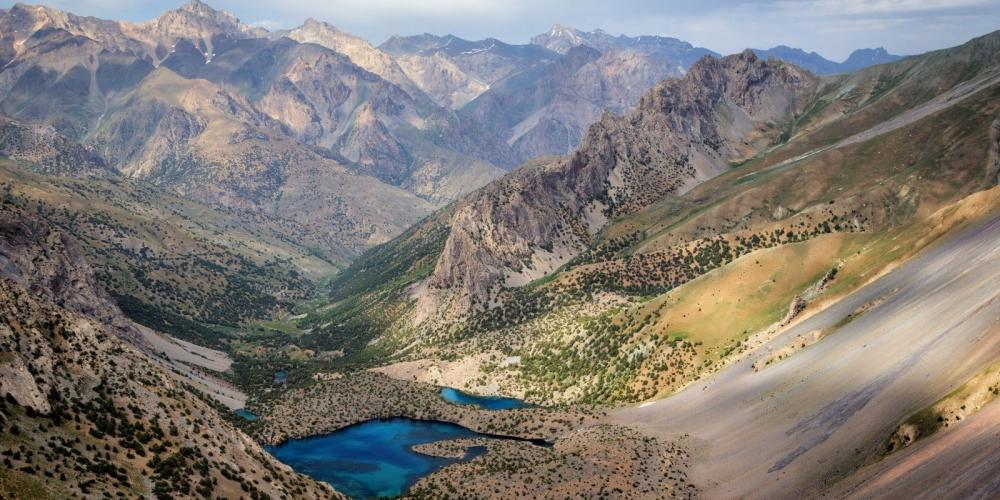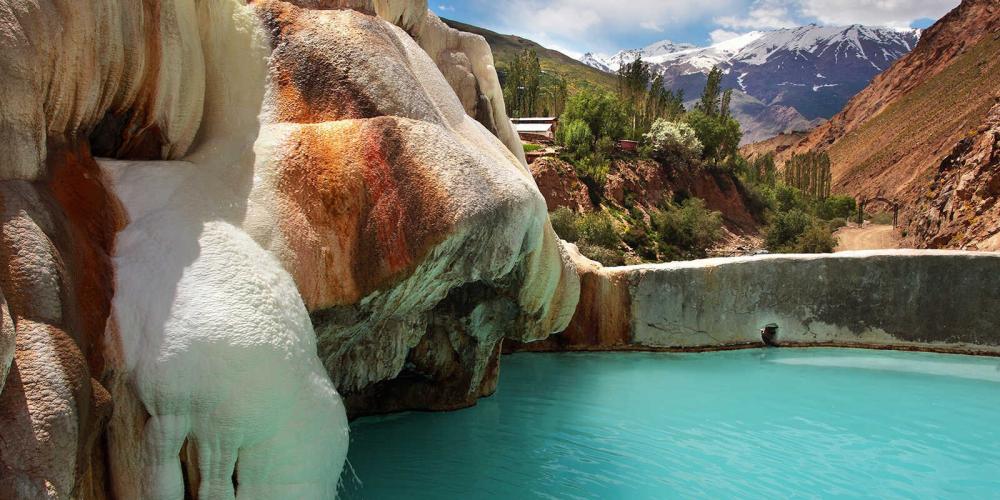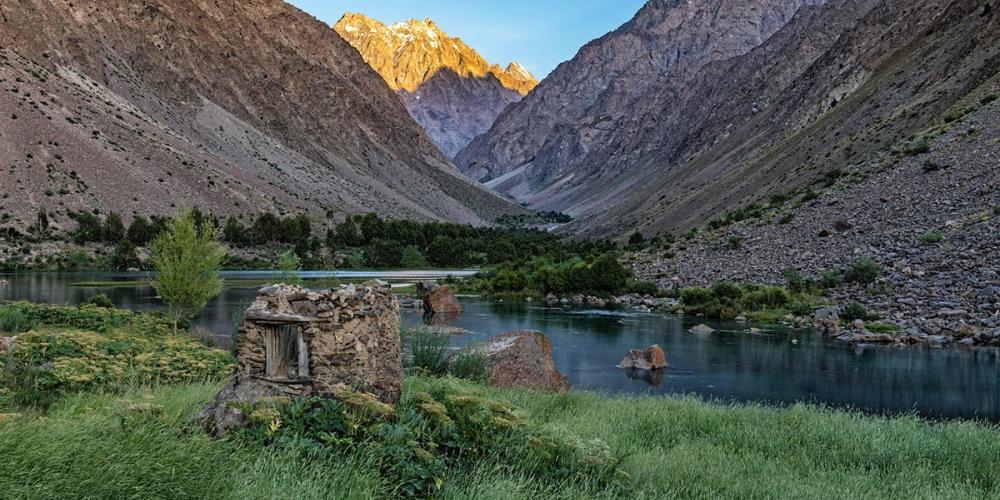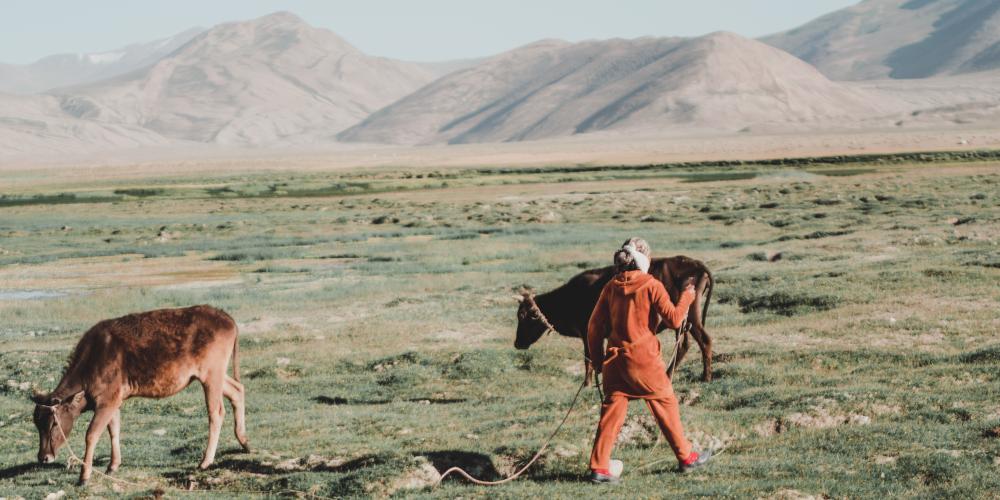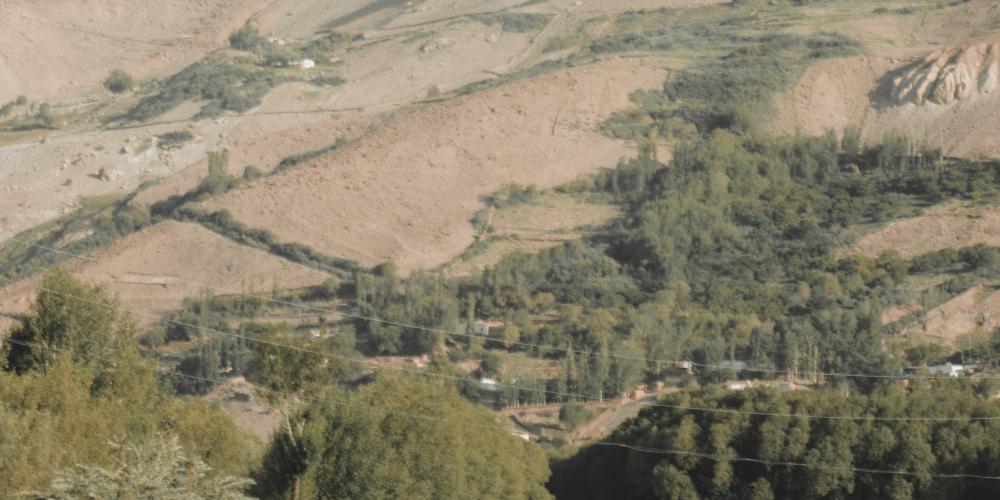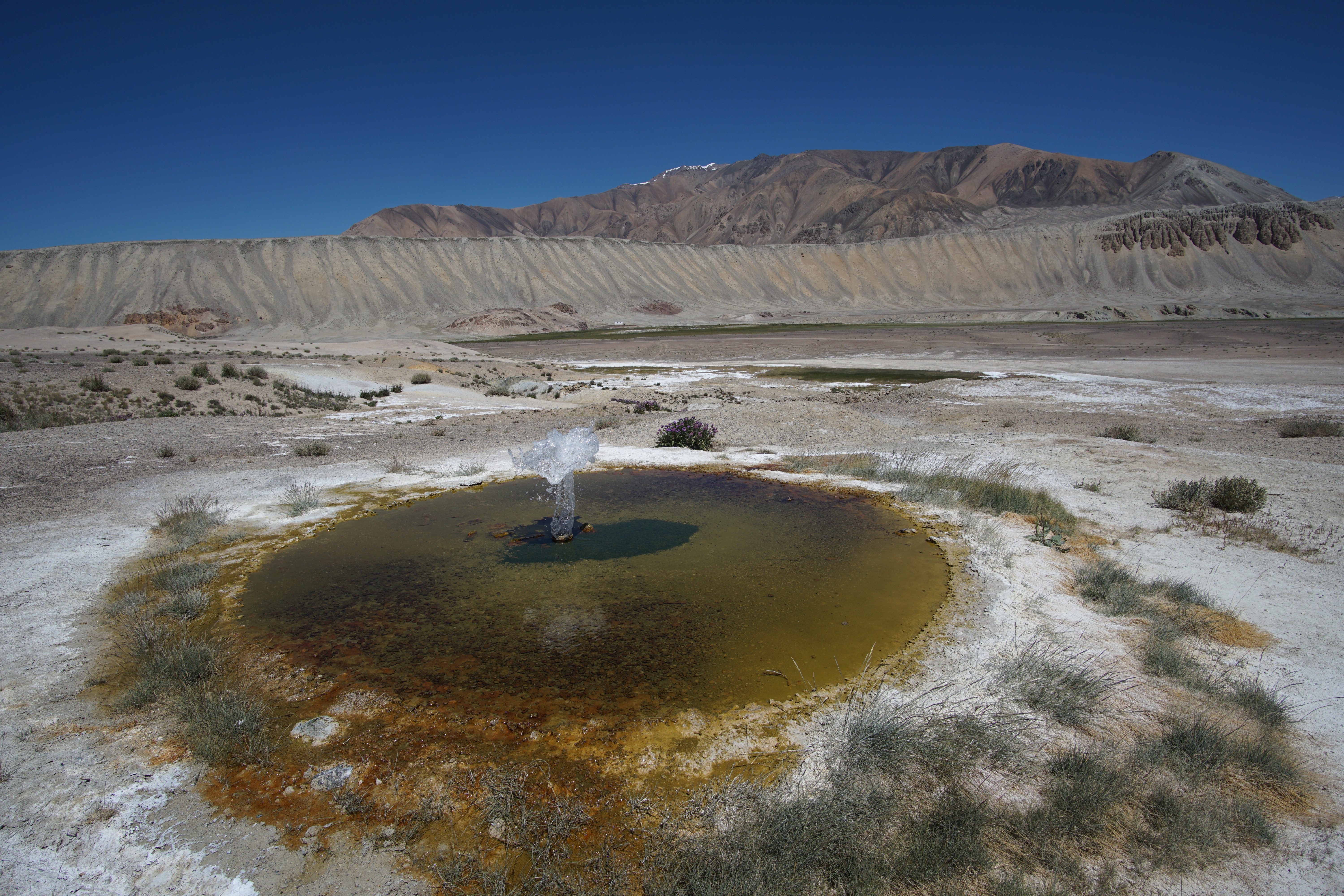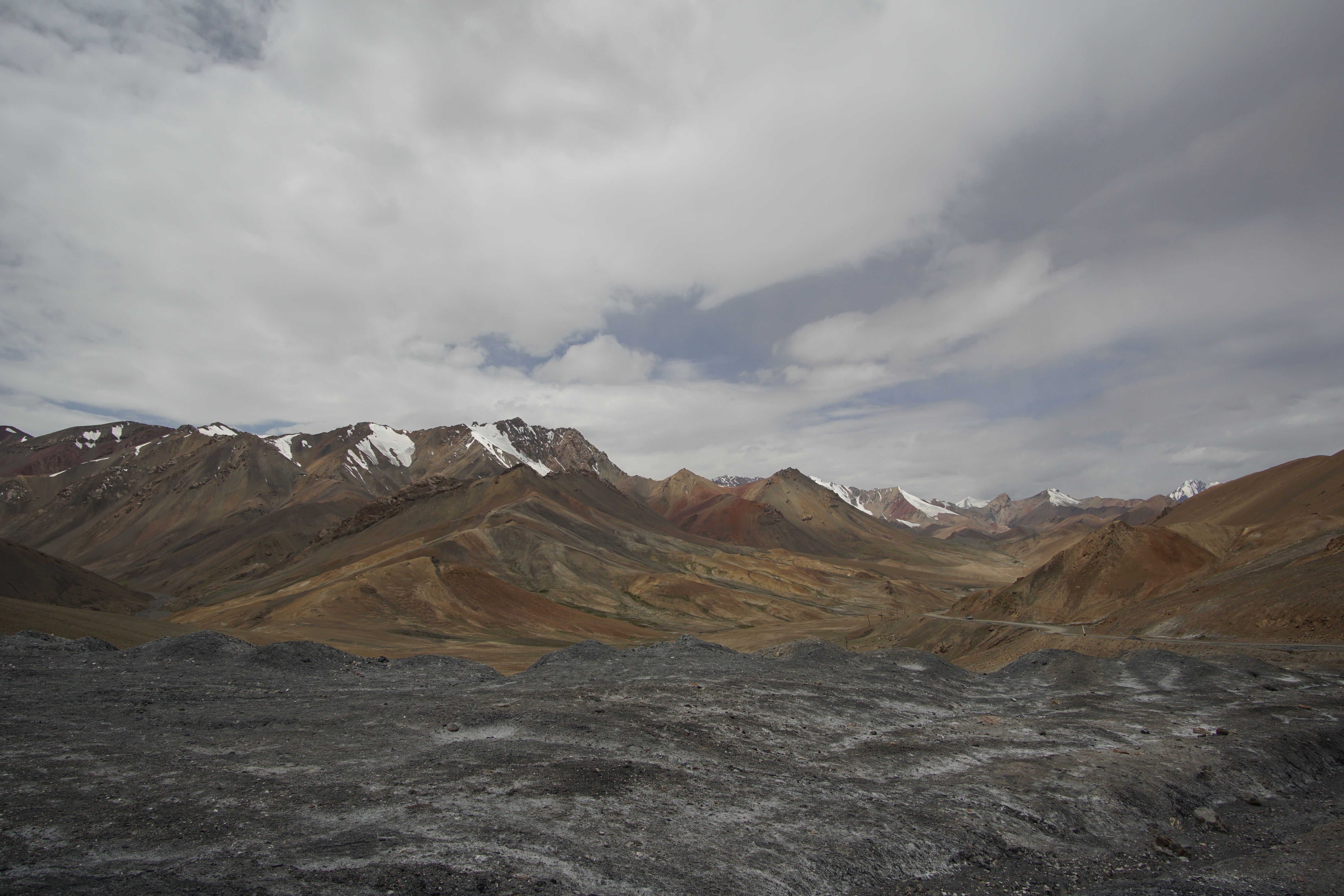Tajik National Park

Tajik National Park is a landscape of extremes, from its dry alpine deserts to the freezing snow-covered peaks more than 7000 metres high. It's here you'll find the longest glacier outside the polar regions, the 77-kilometre Fedchenko Glacier, which is just one of more than a thousand within the national park. 170 rivers flow across the land, some of them torrential highways of water as snow melts in the warmer months. Amongst the peaks are valleys that cradle more than 400 glistening lakes.
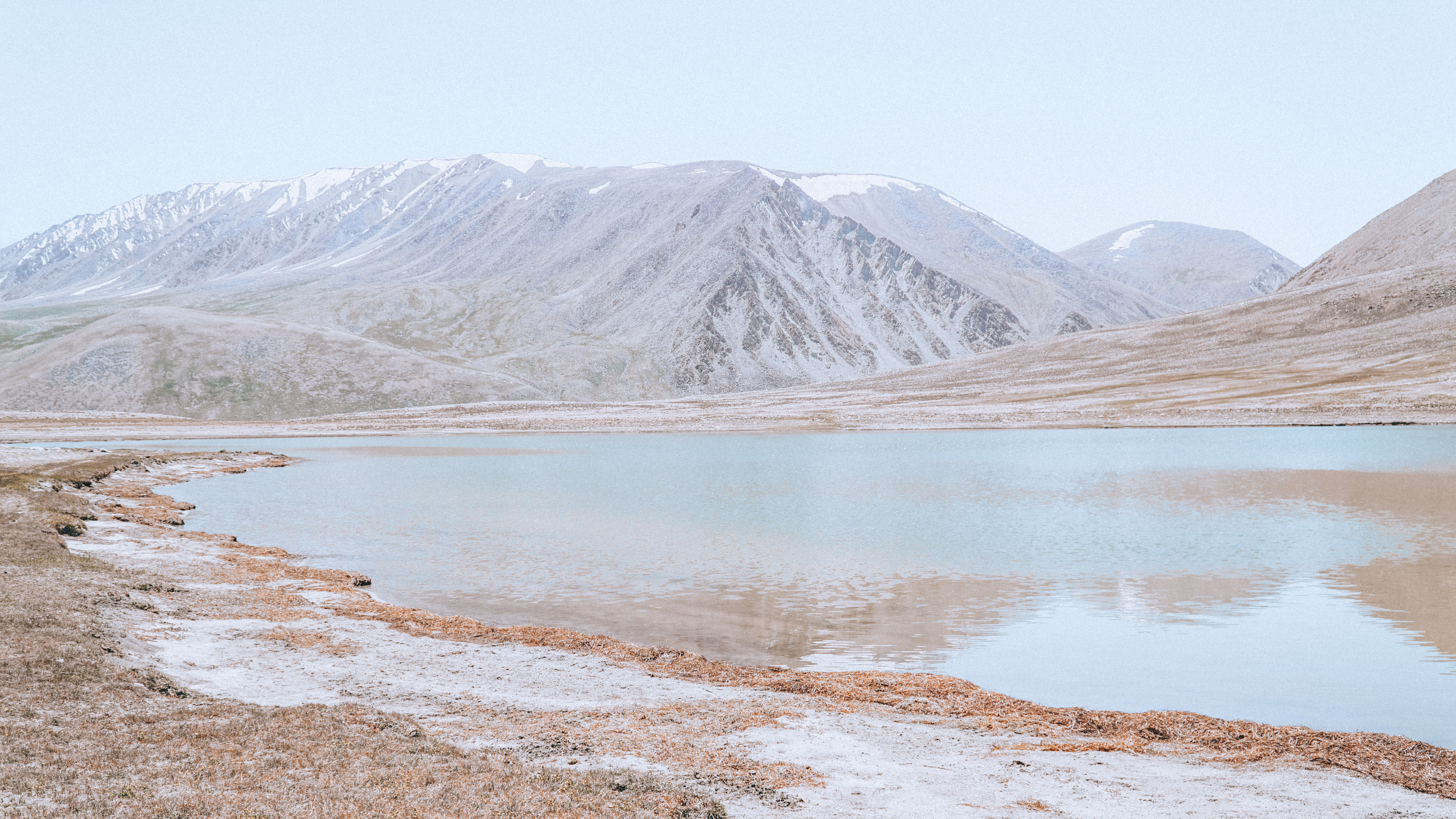
Some of the most prominent features in Tajik National Park are the piercingly blue Lake Sarez that is 75 kilometres long and was formed by an earthquake in 1911; and the equally impressive Karakul Lake, about 25 kilometres in diameter and formed by a meteor impact millions of years ago. But the overall beauty of the park is an attraction in itself, with the relatively tree-empty landscape highlighting the dramatic shapes of the mountains, glaciers, and waterways.
Tajik National Park also boasts a unique wildlife profile. Some native animals worth mentioning are the large presence of the snow leopard, markhor, bar-headed goose, and Marco Polo sheep, all of which are scattered around the park. The human presence within this region is limited, since the national park’s remoteness and inaccessibility limits conventional travel options.
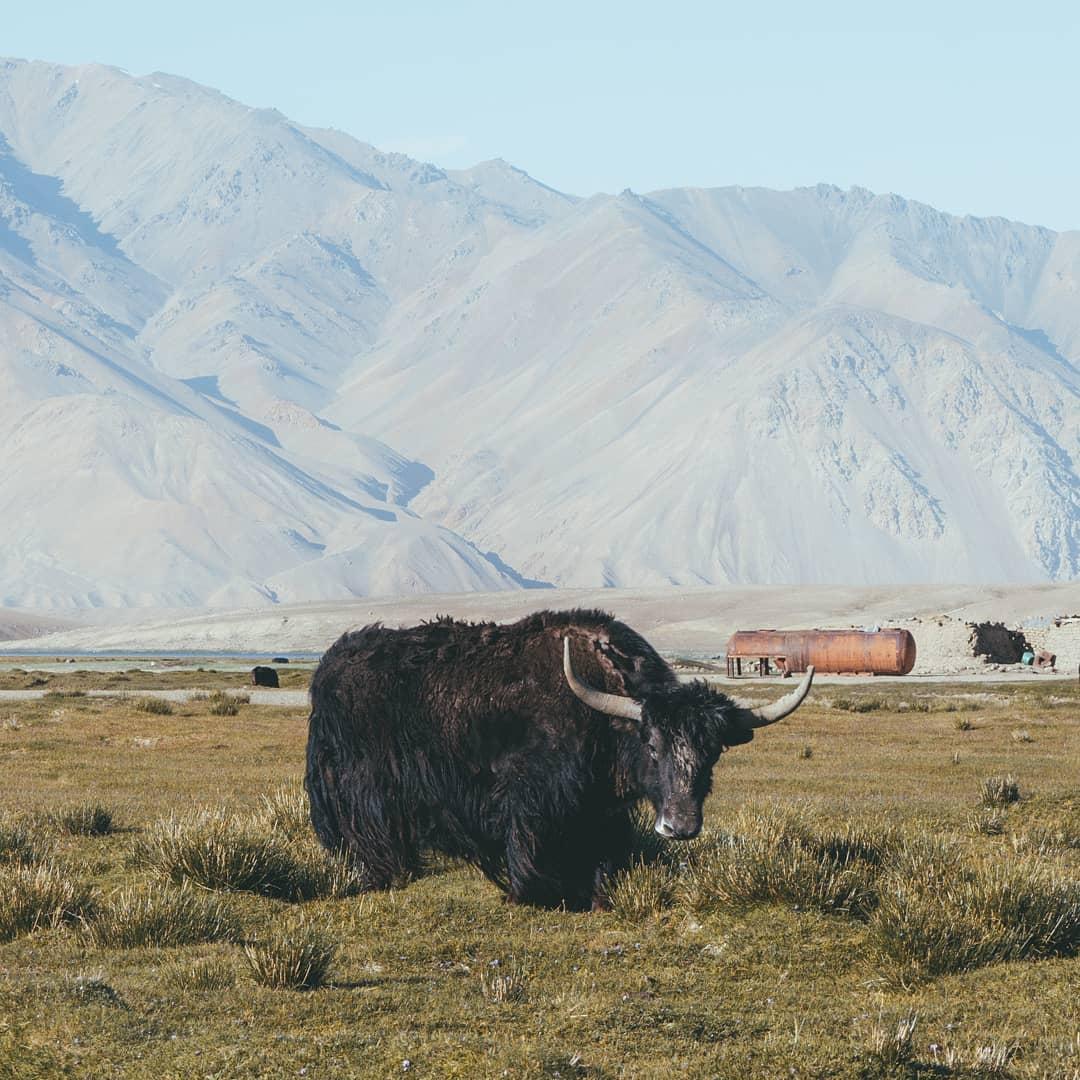
History & Today
Tajik National Park’s lasting legacy lies in the importance of its Pamir Mountain Range, which provided historical trade routes between Kashgar and Kokand. Once ancient Khanates, both Kashgar and Kokand are now bustling cities in China and Uzbekistan, respectively. This mountain range was also used within the Great Silk Road, which was crucial towards the exchange and functionality of many empires back in the day. The park was officially established in 1992, and was the first-ever park to be created by the USSR. It became a World Heritage Site in 2013.
The history of the park has been fairly uneventful, but maintenance and ecotourism have been the most recent focuses for the park. A medium-term management plan has been made by the government and also the State Agency for Natural Protected Areas, which are effectively the park conservationists within the area. With new zoning measures being made to accommodate local communities and to help preserve the biodiversity of the region, there have been some cycles of funding to these conservation efforts which have been mainly state-funded.
Also known as the Mountains of the Pamirs, Tajik National Park is found in the east of the country, at the centre of the highest mountain ranges in Eurasia. Due to its desert-like pattering and location above the tectonic plates, this area is largely uninhabited, but there are plenty of trails to explore the dramatic landscapes. Hike for days and you'll see just occasional travellers in a wild rugged land where every step is an adventure. With a stunning desert and glacial contrasts, a visit to the Tajik National Park is a journey into another world.
How to get there
Getting to the Tajik National Park is very difficult and it's recommended you visit with a local tour guide. Documents such as a Tajikistan Visa and GBAO are required to get access to the park.
One of the most common ways to enter is through the easternmost part of the park, which is at the Kyrghiz-Tajik border, and a 4336-metre-high pass. The area is not surrounded by many villages, and the closest areas for shops and accommodations is around 5 hours away in Osh, Kyrgyzstan.
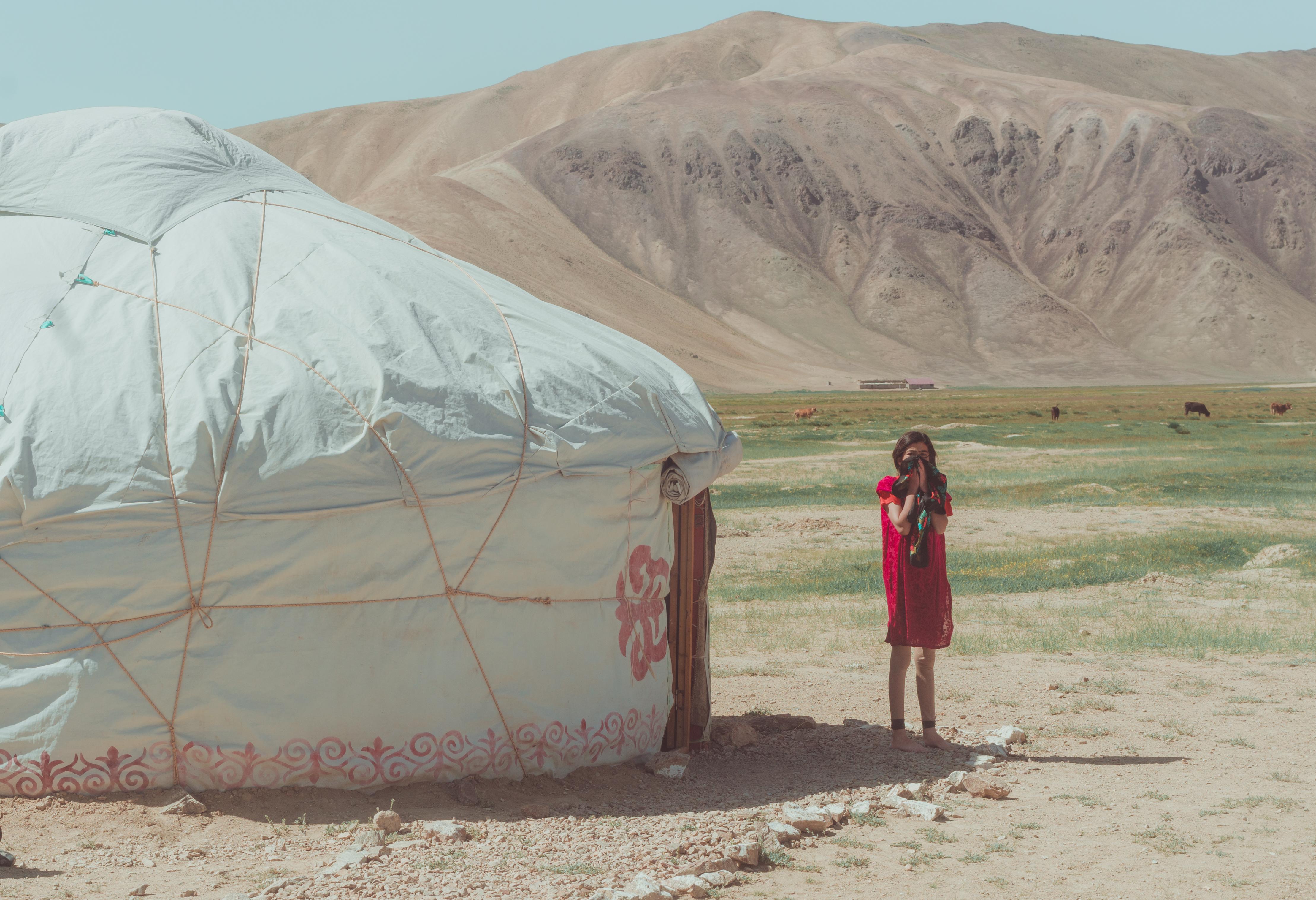
How to Visit
Visitors to Tajik National Park can take advantage of guide bundles available online and through booking agencies. Guide bundles typically include tent materials, lodging, and meals. Since the landscape of this park is considerably large, anywhere around 10 days or more would be sufficient to see much of what the park has to offer.
A car or reliable ridesharing services are strongly recommended for this type of park, since lodging outside of the park is a few hours away by car. You are able to set up camp and pitch tents in the park; however, guides are highly recommended for this type of excursion. The Pamir Highway is a popular choice for those who would rather go by vehicle.
Lodgings and stays are available near the park, but it takes a couple of hours to get to those, and there are relatively few options available.
Sights and Attractions recommended by the locals
Tajik National Park
When to visit
Tajikistan and the weather surrounding the park does not get too extreme to visit the site, with the only major concerns being the hotter temperatures during the summer than can get to around 30°C, while the winter can sometimes reach below 0°C.
At high altitudes, there are extensive glaciers and snowfields; the easternmost and the south-western areas are the driest and are virtually desert. The mountainous areas, with Pamir in the east being one of them, receive abundant snow in winter. It is most likely best to travel outside of these times if you are not prepared for either type of weather.
